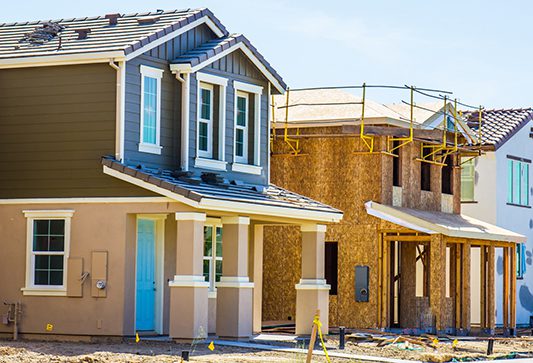
A new study from Evernest, a real estate and property management firm based in Birmingham, AL, quantifies the impact that tariffs on construction materials such as steel, copper, drywall, and lumber will have on the cost of building a new home in each state.
The study results show that tariffs are already impacting costs for materials, with prices rising from a low of $26,180 in Oklahoma to $102,400 in Hawaii.
Study Details
Researchers used a standard 2,200 sq. foot house as a baseline, then calculated each material’s share of costs based on National Association of Home Builders (NAHB) benchmarks. The overall impact on materials costs was 15.92%. Additional factors used to calculate the impact on each state included labor, permits, and mortgage rates.
According to the research, Hawaii had the highest cost difference related to tariffs, which added a whopping $102,445 in additional costs, bringing the price of an average home to $1,092,445 or $496 per square foot, up from $450.
California was the second highest, with the average home experiencing an increase of $68,297 in costs to $798,297 or an increase of $331.04 per square foot. On the low end, states like Oklahoma, Mississippi, and Alabama see the costs of homes increase by $26,180. Each state’s data can be accessed here.
Why Tariffs Are A Bigger Issue
A spokesperson for Evernest noted, “tariffs on building materials are pushing up the base price of new homes in every state,” noting that for younger buyers in particular, these cost increases present a significant barrier to home ownership. “The data shows that these policies affect real affordability, especially in places where incomes haven’t kept pace with construction costs.”
Interestingly, a report on the Home News Now website notes that NAHB detailed that more than 1,000 builders met with lawmakers in Washington in June to voice support for policies that will boost production and the quality of affordable housing. They urged lawmakers to prevent the U.S. Department of Agriculture and the U.S. Department of Housing and Urban Development from requiring a minimum energy code because this would increase construction costs.
Pacific Northwest National Laboratory estimated that the average incremental construction cost for builders to increase from the 2018 to the 2021 IECC was a national average of $2,372. However, the average life-cycle cost savings to homeowners is $2.320.[1]
So, while there are incremental costs for builders of increasing minimum energy efficiency standards, doing so has tremendous benefits to homeowners, including increased home comfort, lower home energy costs, and a net positive cash flow of four years on a national average.
Conclusion
The Evernest study was published one day after builders met with lawmakers in Washington. The Home News Now report notes that “had the information been readily available, there also would be firm advocacy for a sensible tariff policy. Because if the tariffs continue as they stand currently, any shift toward the development of affordable housing could easily diminish.”
The article concludes, “As these tariff-related costs become more evident, it behooves the NHAB and other professionals in the homebuilding segment to take a stand against tariffs that is consistent with its overall support of affordable housing.”
[1] https://www.energycodes.gov/sites/default/files/2021-07/2021IECC_CostEffectiveness_Final_Residential.pdf
